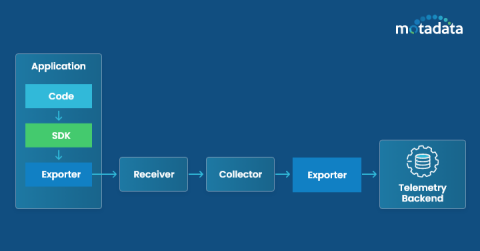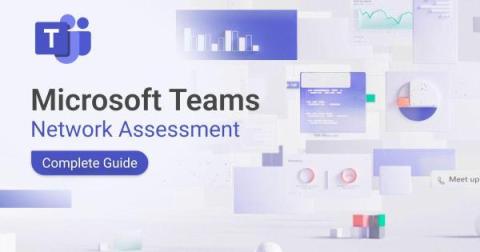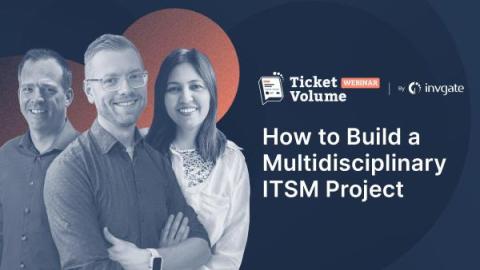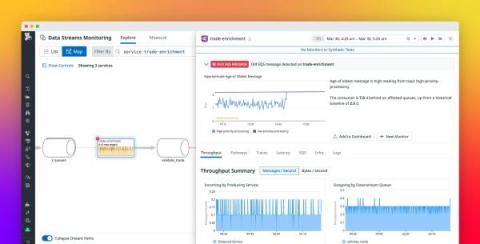What is OpenTelemetry? The Definitive Guide to Modern Observability
Imagine having total awareness of your apps: observing the effects of code on efficiency, identifying bottlenecks, and predicting crashes. The open-source observability platform OpenTelemetry makes this possible. OpenTelemetry, designed to collect telemetry data, provides you with the knowledge necessary to enhance your systems and provide a flawless user experience.











